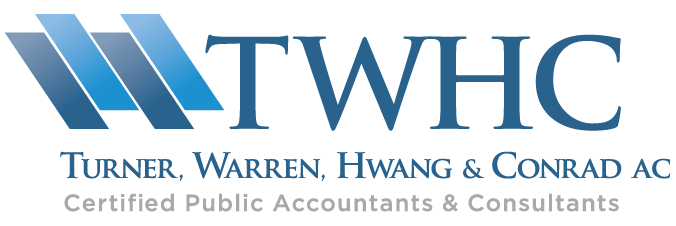Some are more familiar to taxpayers, including charitable contributions, advance child tax credits, and economic impact payments (mentioned above). Others might not be as well-known. Let’s take a look at ten of them:
1. Virtual Currency Question
If you engaged in a transaction involving virtual currency during 2021, you will need to answer “Yes” to the question on page 1 of Form 1040 or 1040-SR. The question, At any time during 2021, did you receive, sell, exchange, or otherwise dispose of any financial interest in any virtual currency?, must be answered by all taxpayers – not just taxpayers who engaged in a transaction involving virtual currency. Do not leave this field blank.
Taxpayers who filed a 2020 return may remember answering this question last year; however, the wording for 2020 was different in that it used “acquire” instead of “dispose of.”
2. Premium Tax Credit Expanded (PTC)
ARP expanded the PTC by eliminating the limitation that a taxpayer’s household income may not exceed 400% of the Federal Poverty Line and generally increases the credit amounts. In addition, in 2021, if you receive unemployment compensation, you are generally eligible to claim the PTC if you meet the other requirements.
3. Changes to Schedule 8812, Credits for Qualifying Children and Other Dependents
Because of the changes made by ARP, a detailed discussion of the child tax credit and how to figure your child tax credit and credit for other dependents (previously part of these instructions) has been moved to the Instructions for Schedule 8812 (Form 1040). Also, instead of one page, Schedule 8812 is now three pages long. Part III now includes calculations for any additional tax due because of excess advance child tax credit payments.
Complete Schedule 8812 if you are claiming the nonrefundable child tax credit, refundable child tax credit, additional child tax credit, or credit for other dependents, and attach it to your Form 1040 or 1040-SR.
4. EIC: Special Rules for Taxpayers Without a Qualified Child
Special rules apply if you claim the EIC (Earned Income Credit) without a qualifying child. In these cases, the minimum age has been lowered to age 19 except for specified students who must be at least 24 years old at the end of the year. However, the applicable minimum age is lowered further (to age 18) for former foster youth and qualified homeless youth. Additionally, you no longer need to be under age 65 to claim the EIC without a qualifying child.
5. Forgiveness of Paycheck Protection (PPP) Loans
The forgiveness of a PPP Loan creates tax-exempt income, so you don’t need to report the income on Form 1040 or 1040-SR. You do, however, need to report certain information related to your PPP Loan. Please call if you need more information about how to report information related to your PPP Loan.
6. Direct Deposit Now Available for Late Filed Tax Returns
Even if you file your 2021 return after November 30, 2022, you are still able to receive a direct deposit of your refund.
7. Alternative Media Preference, Form 9000
Beginning in 2021, taxpayers with print disabilities can use Form 9000, Alternative Media Preference, to elect to receive notices from the IRS in an alternative format, including Braille, large print, audio, and electronic. You can attach Form 9000 to your Form 1040 or 1040-SR, or you can mail it separately.
8. Identity Verification
The IRS is now using ID.me. This trusted technology provider improves the identity verification and sign-in process and enables more people to access and use IRS online tools and applications securely. The new process ensures that taxpayer information is provided only to the person who legally has a right to the data. Taxpayers using the new mobile-friendly verification procedure can access existing IRS online services such as the Child Tax Credit Update Portal, Online Account, Get Transcript Online, Get an Identity Protection PIN (IP PIN), and Online Payment Agreement.
ID.me accounts would not be required to file tax returns; however, the Treasury Department and the IRS are considering alternatives to ID.me after concerns about privacy were raised.
9. Extension and Expansion of Sick and Family Leave Credits
Under ARP, certain self-employed individuals can claim credits for up to 10 days of “paid sick leave” and up to 60 days of “paid family leave” if they are unable to work or telework due to circumstances related to coronavirus. Self-employed individuals may claim these credits for the period beginning on April 1, 2021, and ending September 30, 2021.
10. Tuition and Fees Deduction No Longer Available
Finally, as a reminder, the tuition, and fees deduction, which was worth up to $4,000, is no longer available starting in 2021. Instead, the income limitations for the lifetime learning credit have been increased. Please call if you need more information about this valuable education-related tax credit.
It Pays To Be Prepared
Don’t hesitate to call if you have questions about these and other tax law changes affecting individual taxpayers.





